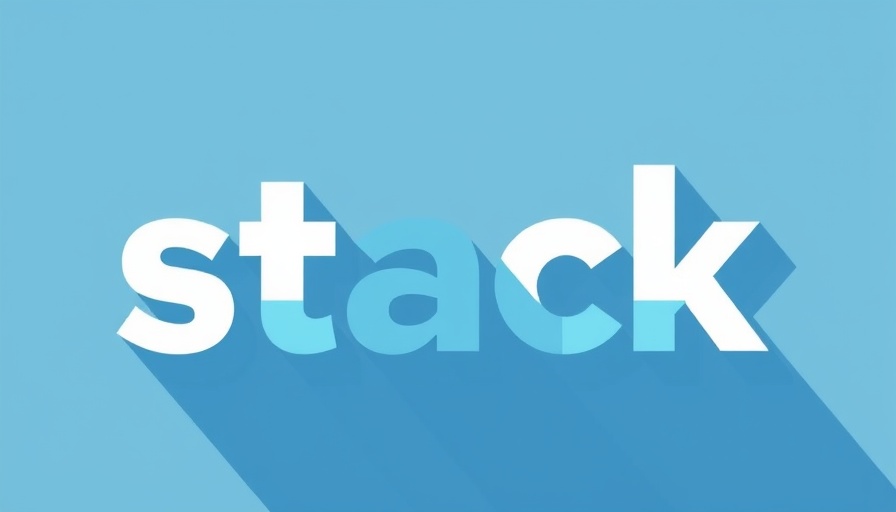
Understanding Equipment Leasing and Its Importance for Small Businesses
For many small businesses, acquiring the necessary equipment to operate effectively can pose a substantial financial challenge. Equipment leasing presents an attractive alternative, allowing businesses to access vehicles, machinery, and technology without the full cost burden of ownership. This financial strategy offers flexibility and can play a crucial role in enhancing cash flow, particularly for startups or companies facing unique financial constraints.
What Exactly Is Equipment Leasing?
Equipment leasing involves entering into a contract where a business rents equipment instead of purchasing it outright. Unlike equipment financing—where business owners take a loan to buy the equipment—leasing allows for lower monthly payments and provides options such as renewing the lease, returning the equipment, or purchasing it at the end of the term.
This setup is especially advantageous for businesses needing the latest technology or machinery, as they can frequently upgrade equipment without being stuck with outdated assets. Given the rapid pace of technological advancements, many companies prefer leasing over buying.
The Cost-Effectiveness of Leasing
One of the primary benefits of equipment leasing is the lower upfront costs. While purchasing equipment may require a large down payment, leases often come with minimal or no initial costs. This can be a deciding factor for many small business owners who may also qualify for tax deductions since lease payments can typically be written off as business expenses in their entirety.
Moreover, equipment leasing allows businesses to allocate their financial resources more strategically. Instead of large expenditures on equipment, companies can utilize their funds for other operations, such as marketing or hiring employees—a strategy that can be instrumental for startups needing quick access to cash flow.
Pros and Cons of Equipment Leasing
While equipment leasing has numerous benefits, it also has several drawbacks that business owners should consider. While the initial costs may be lower, the total payment over time can exceed that of purchasing equipment outright, especially if the equipment is kept for an extended period.
Additionally, leasing does not provide ownership of assets, which means businesses will not see long-term returns on investment from their leased equipment. For some, the lack of ownership can hinder operational flexibility and control.
Types of Equipment Leasing to Consider
There are mainly two types of leases: operating leases and finance leases. Operating leases are generally short-term and do not appear as an asset on a company's balance sheet, while finance leases are longer-term agreements. Under financial leases, the business may gain ownership at the lease’s conclusion, potentially capitalizing on tax advantages upon the equipment's depreciation.
Choosing between these lease types depends on the business’s long-term needs, operational strategy, and financial situation. Understanding these distinctions is critical for business owners looking to leverage equipment leasing effectively.
Making the Right Decision: Lease versus Buy
The decision to lease or buy should be based on various factors, including cash flow, length of equipment use, and technological needs. For businesses expecting rapid growth or changes in technology, leasing may provide the necessary agility. However, for those needing equipment for an extended period, traditional financing might prove the more economical route in the long term.
Ultimately, understanding your business's unique requirements plays a pivotal role in making the right financing decision—whether opting for equipment leasing, small business loans, or other financing solutions like bank loans or factoring services.
Expert Tips for Equipment Leasing
Before entering into an equipment lease agreement, it’s advisable to do thorough research. Here are some essential tips:
- Assess your business's cash flow to determine what would be a manageable monthly lease payment.
- Do your homework on leasing companies, looking for reliable vendors with good customer support and transparent terms.
- Consult tax experts to understand how leasing can affect your tax obligations and benefits.
- Consider potential upgrade paths if technology obsolescence is a concern for your industry.
By carefully weighing the pros and cons and understanding the nuances of equipment leasing, small businesses can make informed decisions that align with their operational needs and financial goals.
Conclusion: Making Informed Equipment Choices
Equipment leasing can be a smart financial strategy for many small businesses. By evaluating cash flow needs, understanding the implications of leasing versus buying, and establishing clear communication with lessors, business owners can secure the right equipment to support their growth. This present trend reflects the evolving landscape of business financing, where alternatives to traditional loans are becoming essential for entrepreneurial success.
If you’re considering equipment leasing or want to explore other business funding solutions, do your research and consult with financial experts to find the best fit for your business needs.
 Add Row
Add Row  Add
Add 



Write A Comment